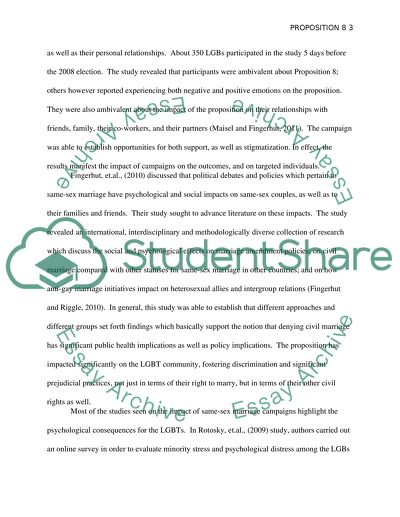Cite this document
(“Impact on the LGBTQ Community Research Paper Example | Topics and Well Written Essays - 4000 words”, n.d.)
Retrieved de https://studentshare.org/gender-sexual-studies/1391980-proposition
Retrieved de https://studentshare.org/gender-sexual-studies/1391980-proposition
(Impact on the LGBTQ Community Research Paper Example | Topics and Well Written Essays - 4000 Words)
https://studentshare.org/gender-sexual-studies/1391980-proposition.
https://studentshare.org/gender-sexual-studies/1391980-proposition.
“Impact on the LGBTQ Community Research Paper Example | Topics and Well Written Essays - 4000 Words”, n.d. https://studentshare.org/gender-sexual-studies/1391980-proposition.


